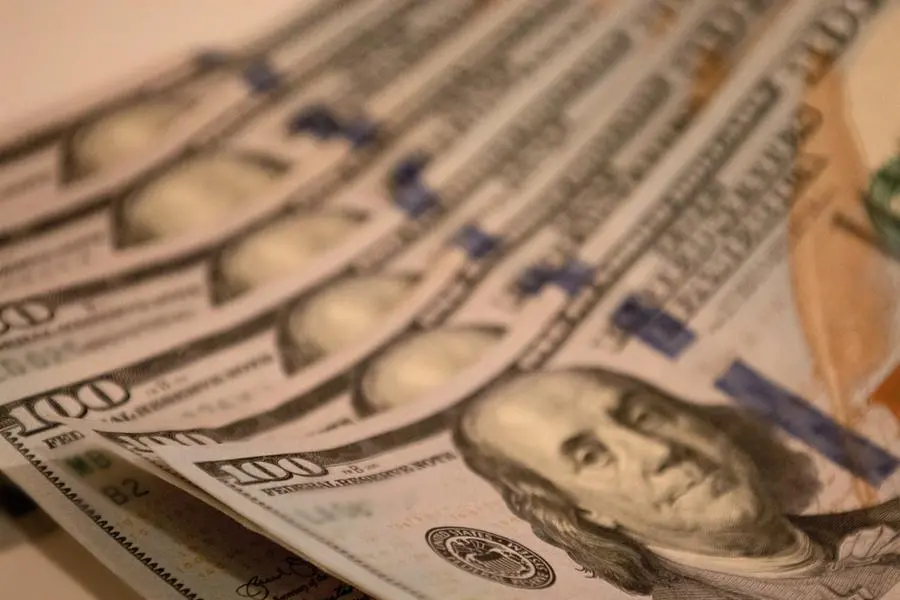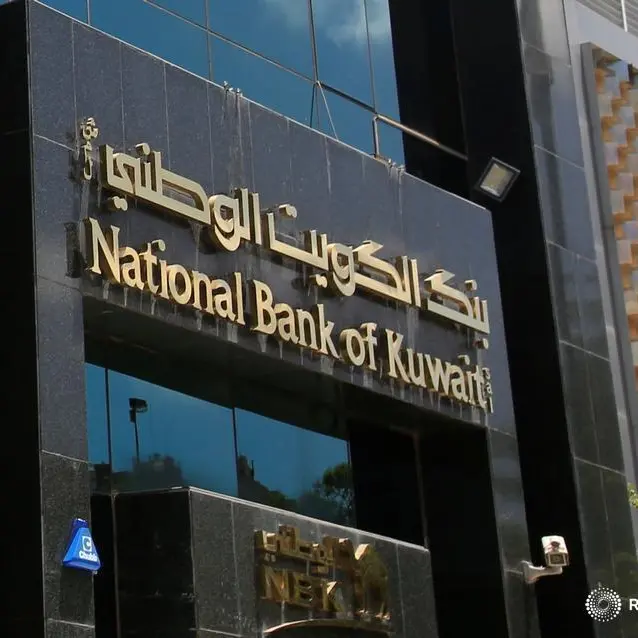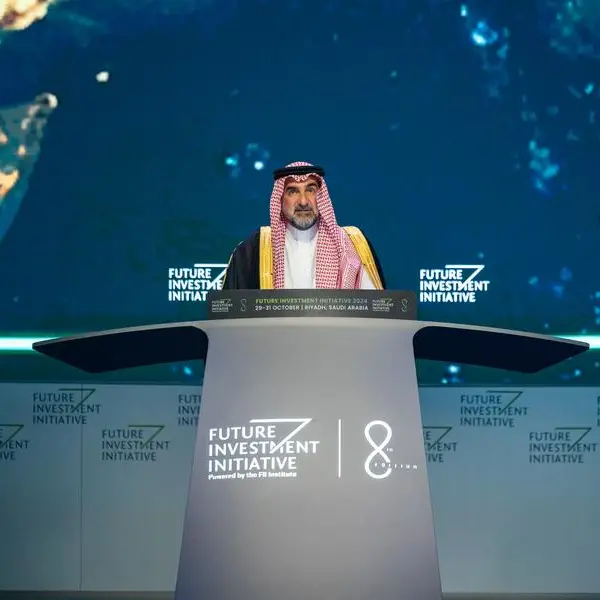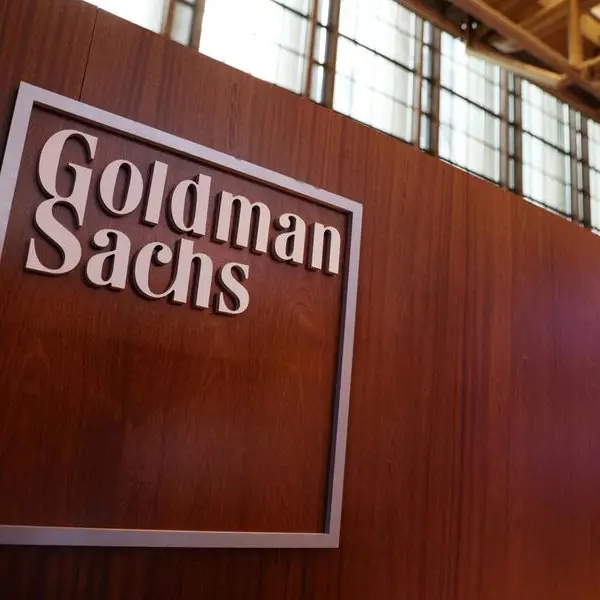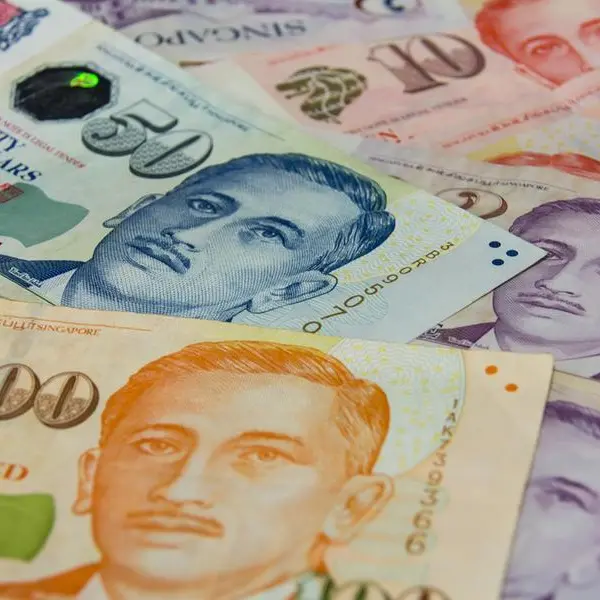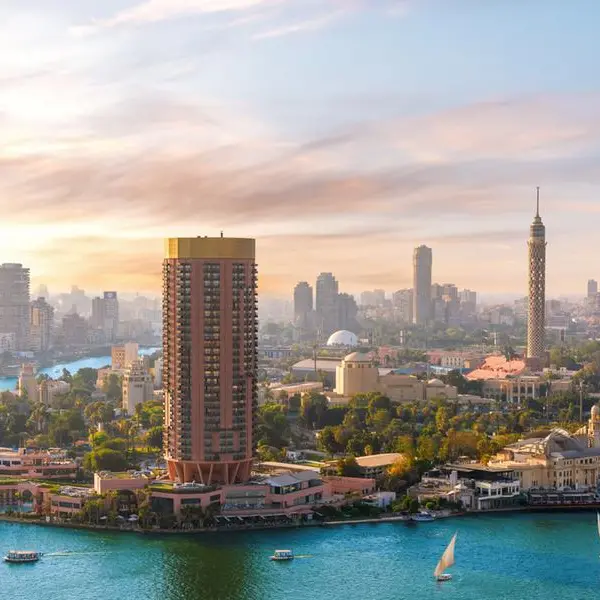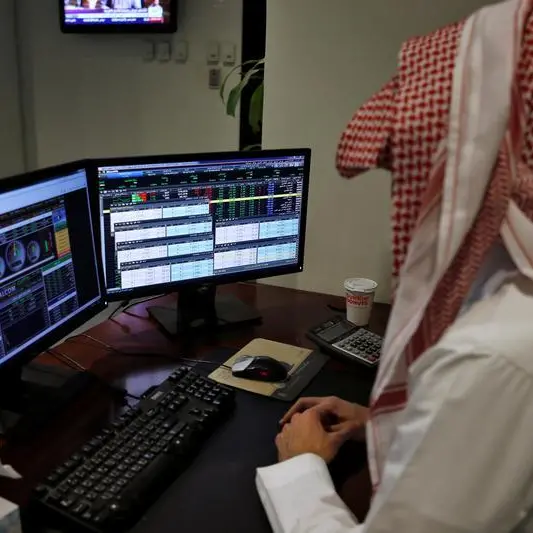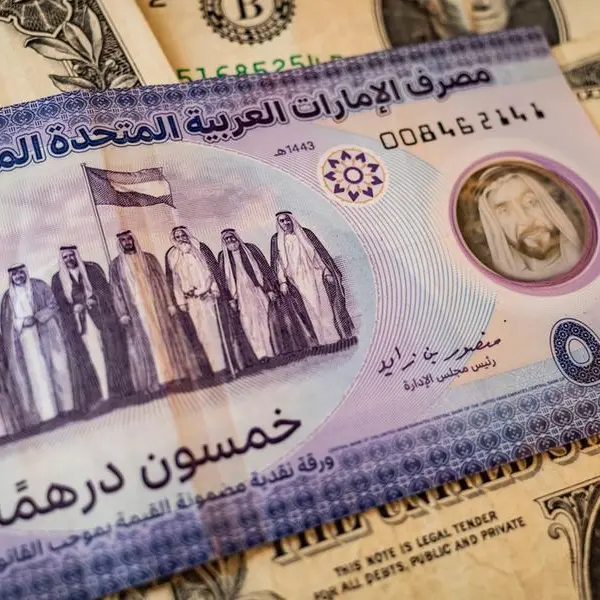PHOTO
GCC governments have the potential to unlock $2 trillion in cumulative GDP (gross domestic product) contribution and more than one million jobs in addition to foreign direct investment in sustainable industries through green finance, experts said.
While no commonly agreed definition exists, basically “green finance” is used to label the two-way interaction between finance and the environment. The aim is to use the investment to mitigate and manage environmental risks, while aiding the transition to a sustainable, low carbon global economy, according to green finance pundits.
“While all GCC countries have already begun their respective sustainability journeys, policymakers must act decisively and in a differentiated manner to capture the largest share of the economic prize,” Strategy&, Middle East, part of the PwC network, said.
Global green financing, aimed at environmentally-friendly projects around the world, has grown over 100 times in the past decade. Global borrowing by issuing green bonds and loans, and equity funding through initial public offerings targeting green projects, swelled to $540.6 billion in 2021 from $5.2 billion in 2012, according to a new study from the TheCityUK and BNP Paribas.
China and the US accounted for 13.6 per cent and 11.6 per cent of the green bond issuance between 2012 and 2021, the data showed.
They were followed by France and Germany, with about 10 per cent each of the issuance of green bonds during the period. The share of green finance in the total finance market was about 4.0 per cent in 2021, compared with around 0.1 per cent in 2012.
Aurelien Vincent, a partner with Strategy& Middle East, said investors around the world are pouring capital into projects with a strong environmental, social, and governance (ESG) angle.
“Our analysis has found that green investments in six key GCC industries could have a profound socioeconomic impact that has the potential to create over one million skilled jobs and turbocharge foreign direct investment in highly sustainable industries.”
GCC countries, which have some of the highest solar exposures in the world, have the solar advantage too. A solar-photovoltaic panel in a GCC country produces twice as much output as it would in Germany or any climatically similar European country — 1,750 to 1,930 hours of full-load operation per year.
In addition, there are clear opportunities in green hydrogen where production technologies are easily accessible, reducing barriers to entry, said Strategy& Middle East’s report entitled “Middle East green finance: A $2 trillion opportunity.”
“Based on our global supply and demand analysis, exporting countries can potentially capture a market of approximately 200 million tons of green hydrogen by 2050, worth $300 billion yearly. The green hydrogen export market can also create 400,000 operations and maintenance jobs,” said Anthony Yammine, principal with Strategy& Middle East.
The consulting firm advises governments to focus on four priorities. These include enacting policies that promote environmental sustainability in all industries; creating a green sovereign wealth fund; strengthening capital markets, and developing standardized and transparent reporting mechanisms for environmental performance.
With over $130 trillion dollars (or 40 per cent of the world’s financial assets) now committed by financial institutions to align with the climate goals of the Paris Agreement, it is expected “green” finance products will soon become more standardised as the market, driven by increased consumer demand, settles on an agreed framework of requisite principles for “green” finance.
Copyright © 2022 Khaleej Times. All Rights Reserved. Provided by SyndiGate Media Inc. (Syndigate.info).
